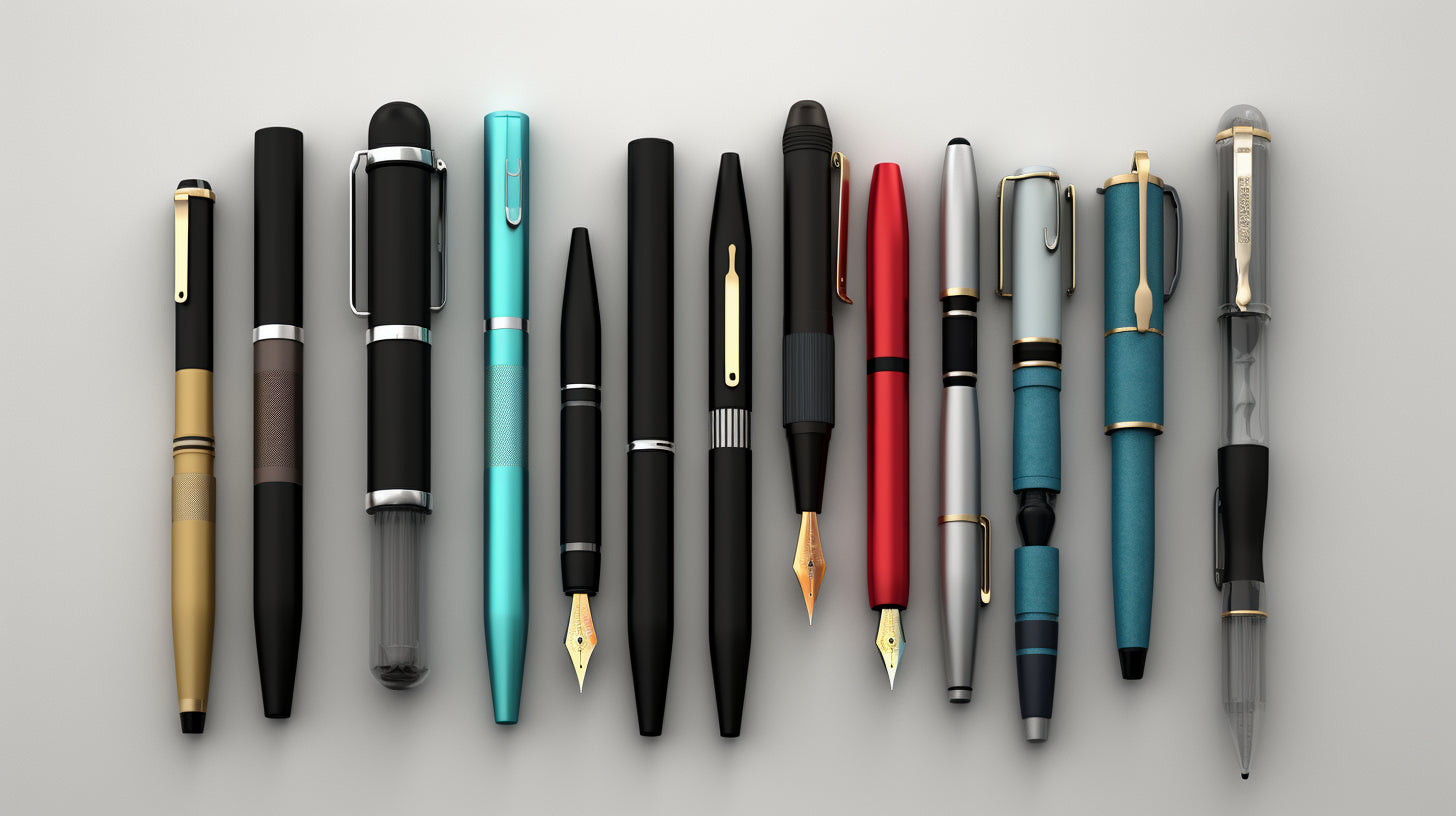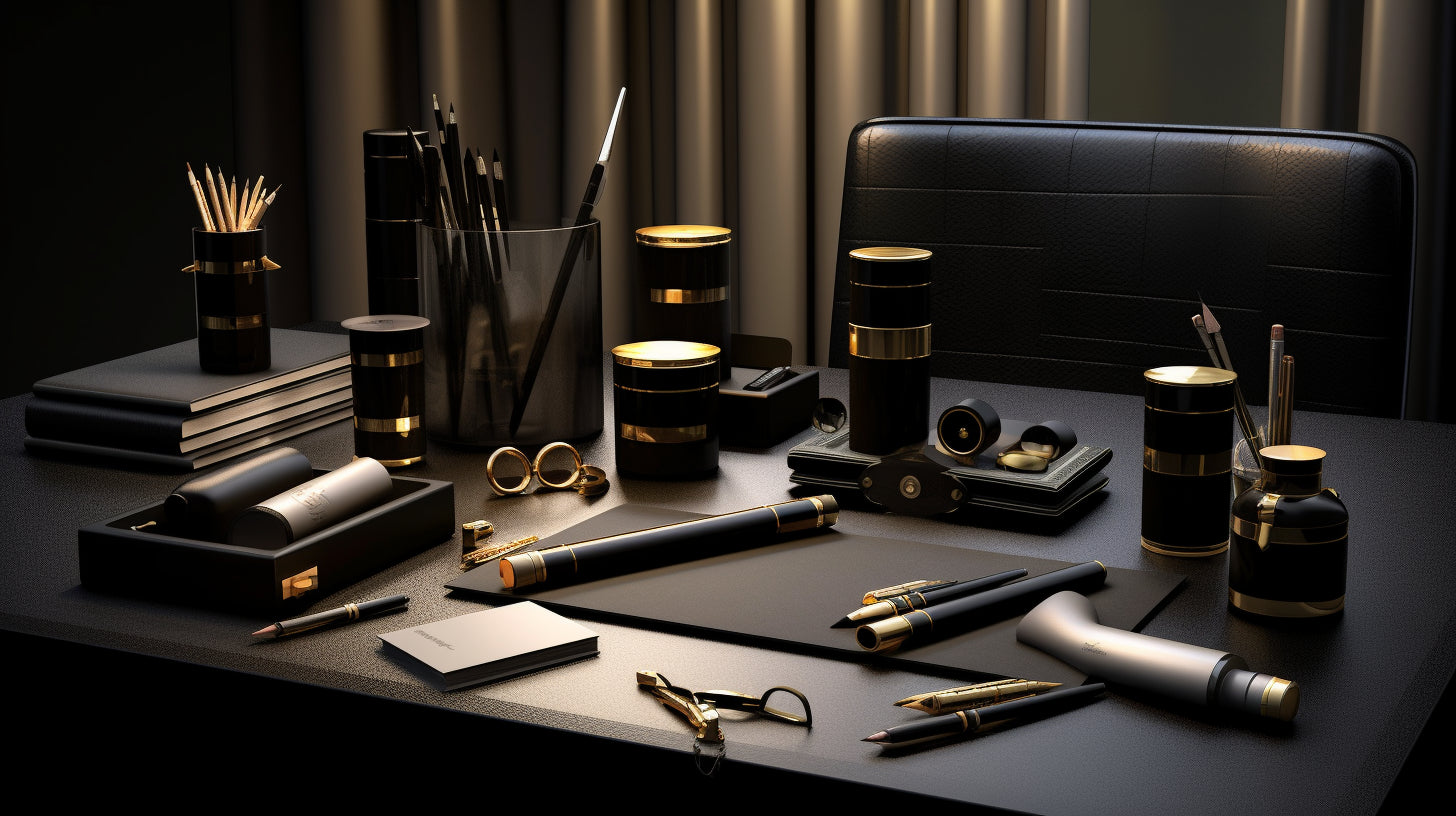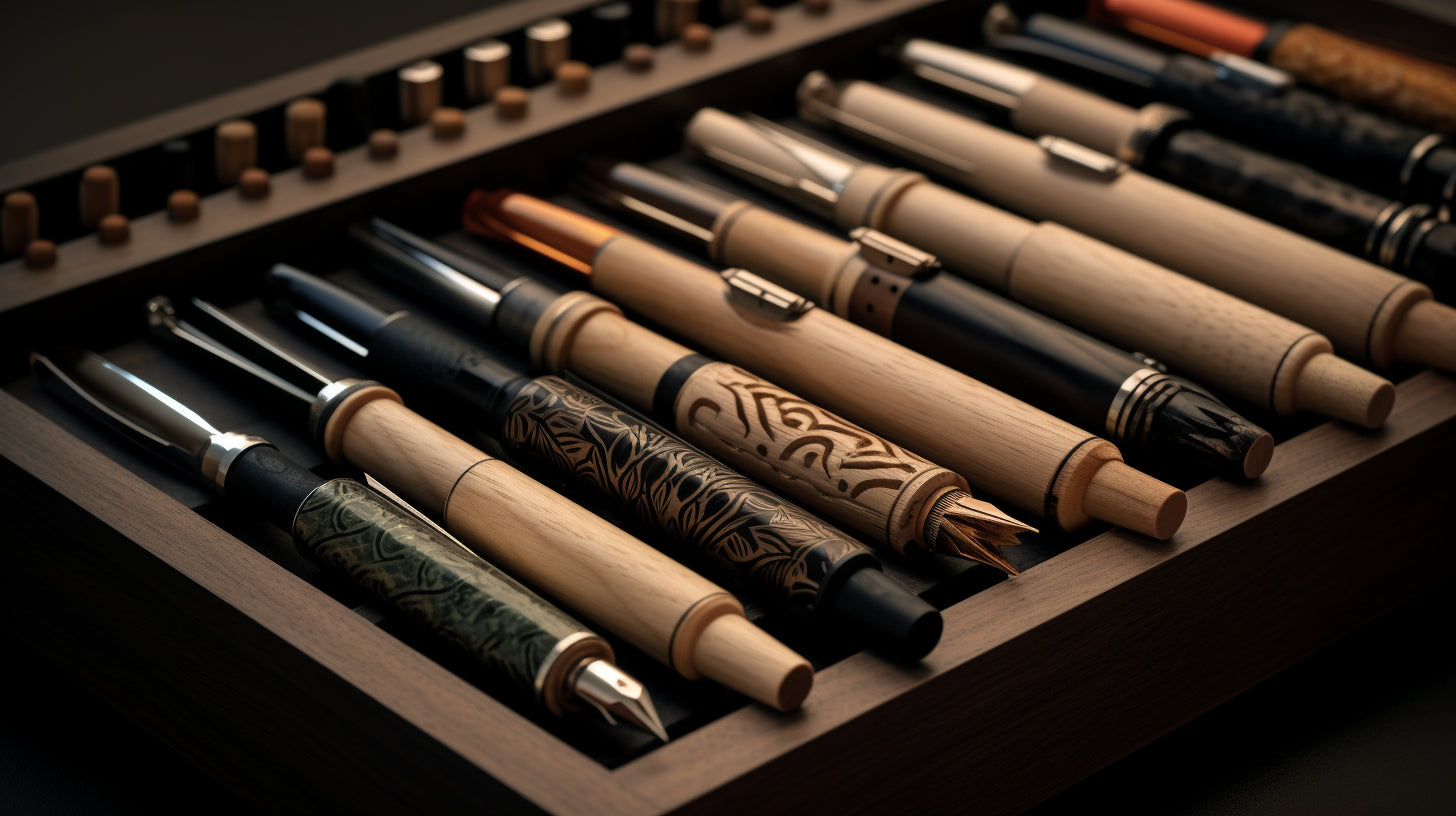
Handcrafted Fountain Pens: Luxury Meets Functionality
In today's digital age, the art of writing is often overshadowed by electronic devices. However, for those who appreciate the finer things in life, nothing surpasses the elegance and precision of a handcrafted wooden fountain pen. From the meticulous craftsmanship to their incredible performance, these pens exemplify luxury meeting functionality. In this article, we'll explore the world of Wood Fountain Pens, the craftsmanship behind them, and the sheer joy they can bring to those who appreciate and cherish the written word.
Table of Contents
- History of Fountain Pens
- Why Choose Wooden Fountain Pens
- The Craftsmanship Behind Handcrafted Pens
- How to Care for Your Wooden Fountain Pen
- Types of Wood Used for Fountain Pens
- Comparing Wooden Fountain Pens to Traditional Pens
- Where to Purchase Handcrafted Wooden Fountain Pens
- Frequently Asked Questions
History of Fountain Pens
Fountain pens have been around for centuries, with the earliest known examples dating back to the 10th century. Over time, they have evolved from simple, rudimentary instruments to the modern, refined writing tools we know today. The 19th century saw significant advancements in pen technology, with the introduction of more reliable ink flow systems – the basis of contemporary fountain pens. This rich history not only connects us with the past but also encourages us to appreciate the beauty of the handwritten word in our fast-paced digital society.
Why Choose Wooden Fountain Pens
Every wooden fountain pen is a unique piece of art, with its own individual character and charm. In comparison to mass-produced plastic and metal pens, wooden pens provide a warmer, more tactile feel in the hand. The natural grains, patterns, and colors of various wood types add beauty and elegance to these writing tools.
Furthermore, using a wooden fountain pen conveys a sense of prestige and sophistication. It reflects your personal style and a commitment to quality and craftsmanship. Lastly, selecting a wooden pen also demonstrates a more environmentally-conscious approach to writing and reducing waste.
The Craftsmanship Behind Handcrafted Pens
Creating handcrafted wooden fountain pens is a labor-intensive process that requires exceptional skill, patience, and attention to detail. The following steps are involved in the creation of these exquisite writing instruments:
- Wood Selection: The finest quality woods are chosen for their natural beauty, durability, and character.
- Preparing the Wood: After selecting the wood, it is carefully prepared, cut, and seasoned, ensuring stability and longevity.
- Shaping and Turning: Artisans shape and turn the wood on a lathe, creating the base of the pen.
- Hand-carving details: Once the pen body is complete, skilled carvers add intricate details and designs to create a truly unique piece.
- Assembly: After the carvingis complete, the pen is meticulously assembled, incorporating the highest quality nibs, ink delivery systems, and other components.
- Finishing: Finally, the pen is given a well-polished finish to enhance the natural beauty of the wood and protect it from everyday wear and tear.
How to Care for Your Wooden Fountain Pen
Proper care and maintenance of your handcrafted wooden fountain pen will ensure its longevity and optimal performance. Consider the following tips:
- Cleaning: Regularly clean your pen to prevent ink from clogging the nib and feed. Use cool water and a mild soap; avoid harsh chemicals to prevent damage to the wood and interior components.
- Storage: Store your pen in a protective case to prevent scratches and damage from dust or other contaminants. When not in use, store the pen with the nib pointed upward to minimize ink leaking into the cap.
- Refilling: Always follow the manufacturer's instructions for refilling the pen and use recommended inks to ensure a smooth writing experience.
- Avoid extreme temperatures: Wooden pens can be sensitive to changes in temperature and humidity. Avoid exposing your pen to extreme heat or cold.
Types of Wood Used for Fountain Pens
Wooden fountain pens can be crafted from various types of wood, each exhibiting unique characteristics and hues. Some popular options include:
- Walnut: Known for its rich, dark color and undeniable strength, walnut is an elegant choice for a sophisticated pen.
- Oak: A strong, durable material, oak showcases beautiful grain patterns and offers a timeless, classic design.
- Rosewood: With its vibrant red hue and swirling grain patterns, rosewood exudes an air of luxurious refinement.
- Maple: Renowned for its intricate patterns and radiant surface, maple is a stunning choice for a truly unique pen.
- Bamboo: Bamboo offers a sleek, modern aesthetic and embodies the principles of sustainability and eco-friendliness.
Comparing Wooden Fountain Pens to Traditional Pens
While traditional pens have their place in the writing world, they simply cannot compare to the luxurious experience of using a handcrafted wooden fountain pen. Here are some key differences:
| Wooden Fountain Pens | Traditional Pens |
|---|---|
| Handcrafted with meticulous attention to detail | Mass-produced with minimal individualization |
| Eco-friendly materials and sustainable practices | Predominant usage of plastic and non-recyclable components |
| Smooth, elegant writing experience | More prone to skipping, blotting, and inconsistent ink flow |
| Unique and sophisticated designs | Generic and common appearances |
| Durable andlong-lasting quality | Shorter lifespan and prone to wear and tear |
Where to Purchase Handcrafted Wooden Fountain Pens
Handcrafted wooden fountain pens are available from artisan craftspeople, specialized retailers, and online platforms. To purchase a genuine Wood Fountain Pen, visit our website at https://woodfountainpens.com where you'll find a wide range of exquisite, handcrafted wooden pens to suit your unique writing style and preferences.
Frequently Asked Questions
-
Do wooden fountain pens use cartridges or bottled ink?
Answer: Most wooden fountain pens are designed to work with both ink cartridges and converters for use with bottled ink. Make sure to check the manufacturer's specifications before purchasing ink refills. -
How do I change the ink in my wooden fountain pen?
Answer: To change the ink, refer to the manufacturer's guidelines for your specific pen. Typically, this involves gently unscrewing the pen barrel, removing the old cartridge or converter, and installing the new one. -
Can I switch nibs on my wooden fountain pen?
Answer: It is possible to switch nibs on some wooden fountain pens. However, compatibility may depend on the pen's specific design and the type of nib you wish to use. Consult the manufacturer's details for guidance. -
How often should I clean my wooden fountain pen?
Answer: Cleaning frequency depends on your usage habits and the type of ink you use. A general recommendation is to clean your pen every four to eight weeks, or whenever you notice performance issues or change ink colors. -
Do wooden fountain pens make good gifts?
Answer: Yes, wooden fountain pens are timeless and luxurious gifts suitable for a variety of occasions, including birthdays, graduations, anniversaries, and career milestones. Gifting a handcrafted wooden fountain pen reflects thoughtfulness and an appreciation for quality and craftsmanship.







Leave a comment
This site is protected by hCaptcha and the hCaptcha Privacy Policy and Terms of Service apply.